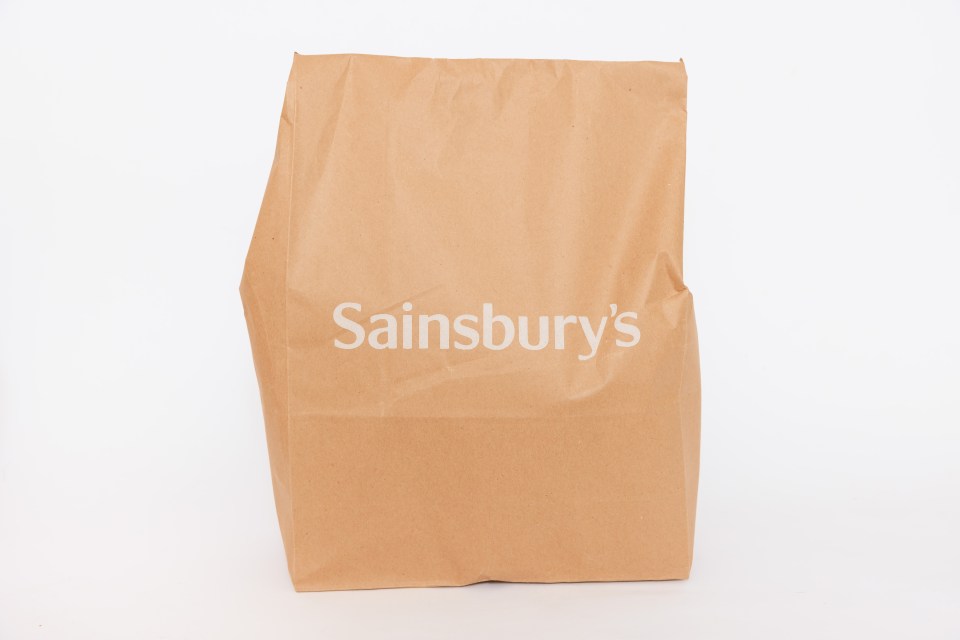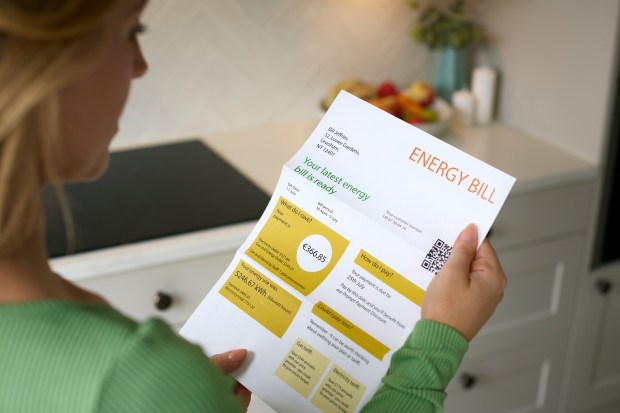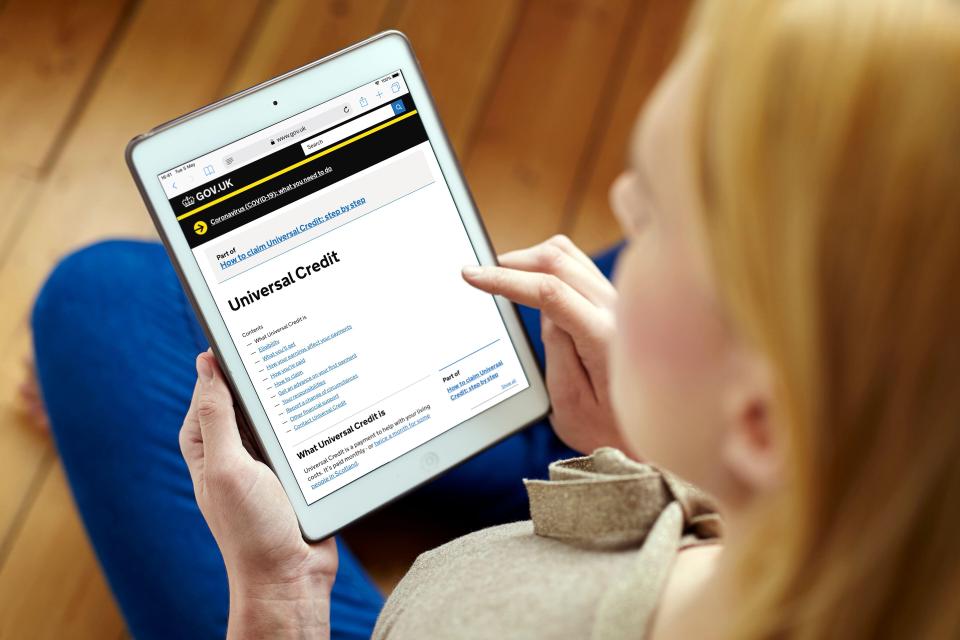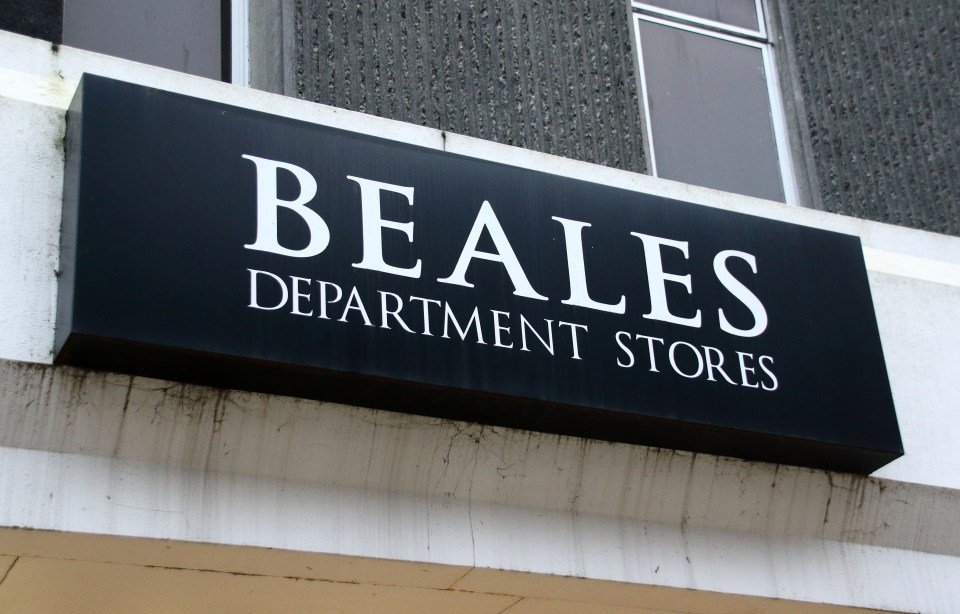I tried out one-hour supermarket delivery slots – one was so quick it came in 12 minutes but there’s a hidden cost
I PUSHED the order button on my phone and then 10 minutes later my groceries were at my door.
I often find I’m missing an ingredient for a recipe and with two kids at home it’s easier to get the items delivered.
But how much extra am I paying?
Sun Savers Editor Lana Clements puts 60-minute delivery services to the test.
To my home in Maidenhead I can get Tesco Whoosh, Sainsbury’s Chop Chop, Morrisons via Amazon, Waitrose via Uber Eats and Co-op via Deliveroo.
I ordered the same basket from each shop.
Selecting the cheapest, pint of semi-skimmed milk, six-pack of eggs, punnet of strawberries, three-pack of Solero ice creams, loaf of white bread and two-pack of burgers.
TESCO WHOOSH
- MIN SPEND: No minimum spend but baskets under £15 incur an extra £2 charge.
- BASKET COST: £16.55
- FEES: £2.99
- TOTAL COST: £19.54
Tesco claims deliveries come in 20 minutes to 70 per cent of the UK from 1,500 stores.
It was easy to order through the Clubcard app.
I did find the choice of items were fairly limited and more premium products on offer than basic ones.
For example, only Tesco’s finest burgers and strawberries were available, plus the smallest carton of milk available was two pints as opposed to one.
This pushed up the overall cost of the basket.
Although, it does have a low delivery fee compared to other supermarkets.
My order arrived in 12 minutes, which was pretty speedy.
The strawberries did have a short best before date, which is annoying.
RATING: 3/5
SAINSBURY’S CHOP CHOP
- MIN SPEND: £15
- BASKET COST: £15.20
- FEES: £4.99, plus carrier bag fee 30p
- TOTAL COST: £20.49
It claims to deliver within an hour less from 800 stores.
You need to download the Chop Chop app.
The choice of products was good and I was able to order everything I needed and keep costs relatively low.
For example, I was offered three different packs of strawberries to choose from.
This means the basket cost was lower than rival Tesco, however, the fees were more than £2 higher and included a carrier bag fee making it more expensive overall.
The order came exactly 10 minutes after placing it making it the fastest in the test.
And I can’t complain about the food which was all in great condition.
You can also order Sainsbury’s through Uber Eats and Deliveroo but you can earn Nectar points when ordering through Chop Chop.
This was the quickest delivery and there was a great choice of food but the fee was at the higher end of the scale.
RATING: 4/5
MORRISONS VIA AMAZON
- MIN SPEND: £15 for Amazon Prime members, £40 for non-members
- BASKET COST: £15.48 ( plus the extra sausages)
- FEES: Orders over £60 are free for Prime members, £2 for between £40 and £60, and £4 under £40. For non-members, fees are £3 for orders over £60 and £5 between £40 and £60.
- TOTAL COST: £19.48
Same-day deliveries within two-hour timeslots.
When I logged on at 9.30am in the morning, I had the choice of three slots available with the earliest being 2-4pm, the next 4-6pm and then 6-8pm.
I picked the later slot to make sure I didn’t miss the delivery while on the school run.
The choice of products was fantastic and the cheapest prices.
I needed to meet a minimum spend of £15, as I’m an Amazon Prime member. I added on a pack of sausages to bring the total order up to £15.48.
By 8pm nothing had arrived.
Then at 8.09pm I received a text message to say the order had been cancelled and that I would be refunded.
There was no reason given for the cancellation.
Luckily we didn’t go hungry as the other orders were arriving – but I was not impressed.
The fees and minimum spends are offputting too.
RATING: 0/5
WAITROSE VIA UBER EATS
- MIN SPEND: No min spend over £15, but under £15 it’s £3.
- BASKET COST: £13.11 (after discounts)
- FEES: £3.93 Made of three parts:
*Service fee (10% of your subtotal capped at £2.99) £1.64 for my order
*Delivery fee (depends on variables including location and availability of drivers) £1.79 for my order.
*Bag fee (depends on retailer) 50p for my order - TOTAL COST: £17.64
On Uber Eats I can get Sainsbury’s and Co-op delivered as well as Waitrose.
The selection from Waitrose was great and my order arrived within 26 minutes.
I also got 50 per cent off selected fruit and veg as there was an offer running, which knocked off £2.69 off my total bill.
The fees seem excessive as you’re charged for service, delivery and bags separately.
My order was also split into two bags, pushing up the cost.
Good choice of food and it arrived in reasonable time and condition.
RATING 3/5
CO-OP VIA DELIVEROO
- MIN SPEND: No min spend
- BASKET COST: £13.55 (no eggs) changed to £8.10 after substitutions (no eggs, no strawberries)
- FEES: £1.95
*Service fee: £1.36
*Delivery fee: 49p
*Bag fee: 10p - TOTAL COST: £10.05
Through Deliveroo I can get Waitrose and Sainsbury’s delivered but I tested Co-Op.
Unfortunately, it was not long after the supermarket suffered from cyber attacks impacting its stock levels and product availability.
However, I was still able to order burgers, milk, bread and ice lollies – and raspberries instead of strawberries. But there were no eggs at all.
The original order total came to £15.50.
However, the raspberries were out of stock when it came to packing and my one pint of milk was changed to a two-pint carton, while the lollies were changed to Co-Op own brand.
The order arrived in a reasonable 17 minutes.
Unlike all the other deliveries, my Co-Op shopping arrived in a green compostable bag.
This didn’t seem to offer the food as much protection as the brown paper bags from the other supermarkets.
As a result, I wasn’t too happy with my loaf of bread which arrived seriously squished.
Fees are split in a similar way to Uber Eats and made up of three parts.
The order arrived in good time but I wasn’t happy with my squashed bread and the choice also let down the experience but this seemed like bad timing.
RATING: 2/5
OTHER SUPERMARKETS
Asda and Ocado both offer speedy grocery deliveries.
Asda offers between an hour and four hours from 330 stores.
My closest branch is five miles away but I couldn’t get it delivered.
There’s no minimum spend and fees are £8.50 to £8.99.
Ocado’s Zoom delivery is between 6am and 10pm.
It currently only covers parts of West and East London.
Minimum spend is £15 and fees start from £1.49.
THE HIDDEN COST OF SPEEDY DELIVERY
IT’S not just the delivery fees that make ordering same-day delivery a pricey option.
There is a stealth cost that makes these services more expensive than standard online delivery – or if you just popped into the shop.
The vast majority of food items had been given a markup compared to the price for standard online delivery.
This markup varied between shops but made the basket almost £3 more expensive in some cases, than if you’d bought the items yourself at the shop or through online delivery.
- Sainsbury’s: £15.20 versus £12.74 = £2.46 more expensive
- Tesco: £16.44 versus £14.50 = £1.94 more expensive
- Morrisons: £15.48 versus £14.73 = 75p more expensive
- Waitrose: £13.11 versus £12.40 = 71p more expensive


























